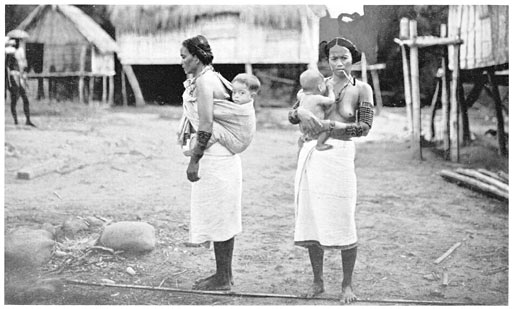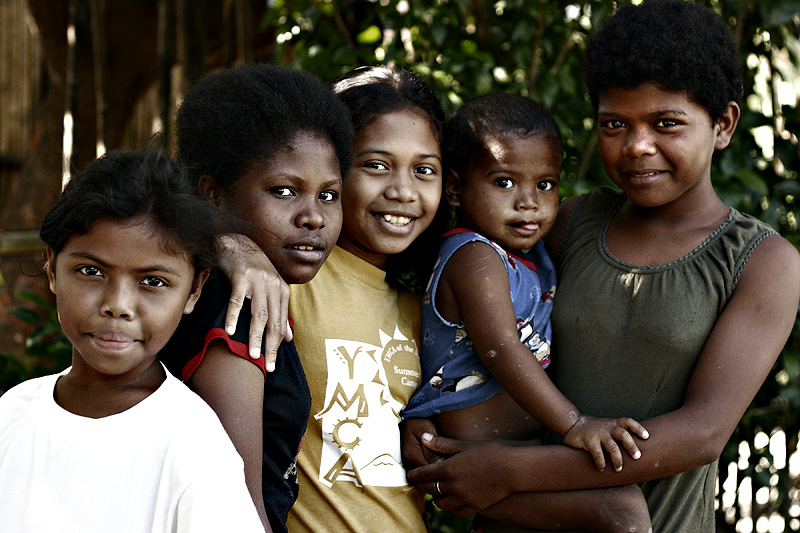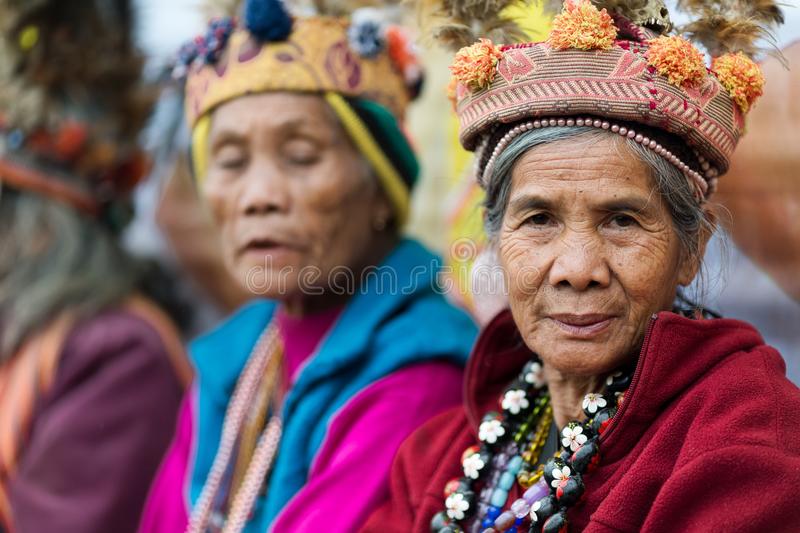
By: Patrizia Magpantay
The name Kalinga is derived from the Ibanag and Gaddang “Kalinga” which means “headhunters.” In the past, headhunting was considered noble and it symbolizes bravery. Tatoos, a position symbol which manpower respect and which fair sex admire, are given to warrior s as reward. Thus a “mingol” or warrior enjoys a high status in Kalinga society. This was developed to minimize traditional war and headhunting and serves as an mental home for refilling, upkeep and reinforcement of socialites. Recently, the “bodong” was expanded into a multi-lateral pass peace pact providing a means of strengthening unity in the Cordilleras. Kalinga-Apayao is one of the unique tribe in the Philippines because of the peace pact indigenous socio-political system, how they celebrated their fiesta and their inspired tattoo.
The sharp-crested interlinking mountain peaks, steep side , isolated flat lands, plateau’s and vale characterize the western side while the eastern section is generally rolling with gradually sloping foothills, interlocking wide trail of flat lands and flood plain along its main river. Among land and water forms which constitute potential tourism sights are its waterfalls, hot outpouring, rice terrace and subterranean rivers composed of seven municipalities and one constituent metropolis.
In the Philippines a fete is usually celebrated in barrio or barangays. It is the official vacation of the LGU, the barangay. Filipinos love fiestas. It is a sentence for joy and celebration. A fiesta is of Spanish origin and is usually commemorated in association with a Christian patron nonesuch. Most barangays whose universe have been clustered by Moslem (Moros) and their population is more than that of the Christians, the celebration of the fiesta have been cancelled and replaced with the Hari Raya or Eid al-Fitr. The city or municipality usually have yearly festival where all the barangays participate. The urban center or municipalities grasp contest for the best ice-cream float in parades.
Mambabatok mean value tattoo artist in Kalingan. Some placement of the conception on cleaning woman display their sociable position , such as in Lasoy’s typesetter’s case being the firstborn daughter, but generally speaking, singular female tattoos are not known to have important cultural context. However men’s tattoos are meant to have symbolic significance , as specific motif are saved only for men in rules of order to communicate their bravery, engagement won and how many people they have killed. The tattoo tool themselves are made from an instrument constructed in bamboo and razor sharp lemon sticker s. The aim is marked onto the hide using long strips of straight grass, dipped in simple a mixture of wood coal and body of water. Then thorn tip is submerged in the charcoal solution before rigorously hand tapping the piercing point into the design on the skin. World renowned Apo Rap-Od is the last practicing traditional Mambabatok in the whole region. At 92 years old, time is streamlet out for her to pass on the time honored hand tapping technique and tribal motifs to her 13 year old granddaughter and apprentice. Although locals rarely practice the tattoo tradition today, tourer are currently flocking to Buscalan village to have the last living legend of Philippino artistry scar their skin.



